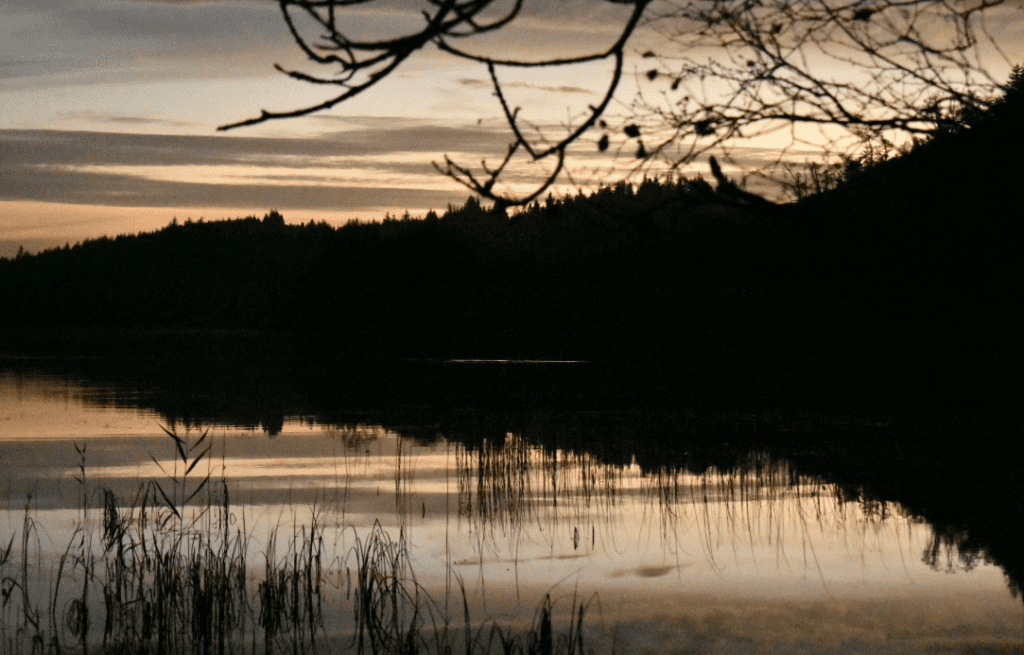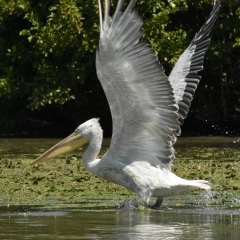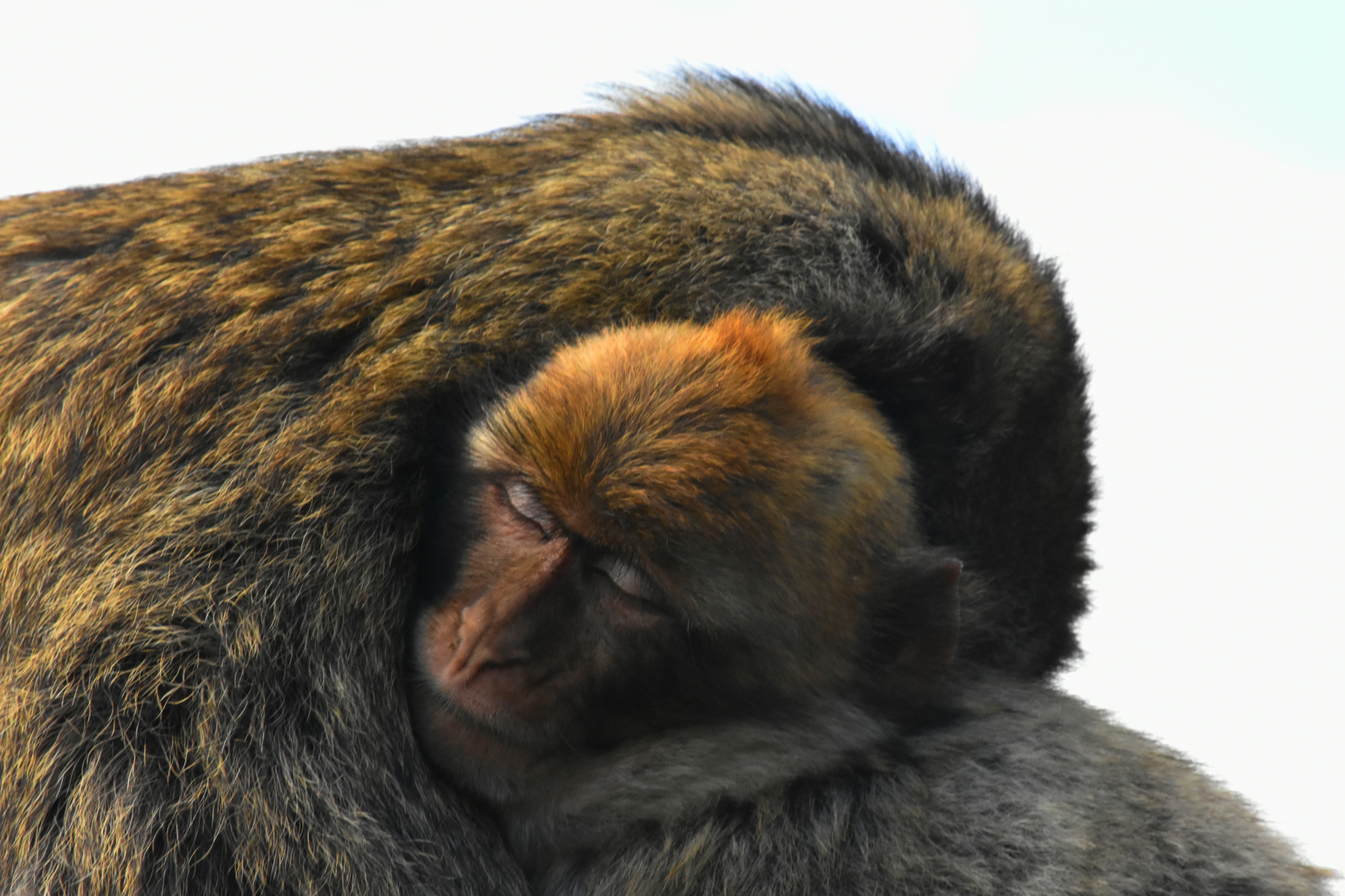How to spot beavers in Knapdale, Scotland

Beavers were finally brought back to Scotland a number of years ago, after a few centuries’ absence. There are a few different sites in Scotland to see them, but Knapdale in Argyll, near the start of the Kintyre peninsula, is the easiest for now. The site of the original government-mandated reintroduction “trial”, there’s a small visitor centre and car park where you might want to pop by to get a map and some other recommendations for walks in the area. The managers also run night walks infrequently, but spotlighting on your own otherwise likely wouldn’t be an issue.
Despite what the trial’s website says, beavers aren’t actually that difficult to find here if you follow the right steps;
-Come an hour before/ after the sunset/ rise, but dusk is better. For a start, the all-important lie-in need not be sacrificed. More tactically important, the beavers are still active at night, nae worries, but what time they call it a day is pretty fluid so there’s no guarantee you’ll be able to see them after or even at the prime hour at dawn.
-You’ll see two lochs on the map at the visitor centre, and you’ll want to be focusing on the smaller one surrounded by the dark blue trail. The large loch certainly contains beavers too, but it’s a much larger area to search. With the smaller one, you can easily keep watch over most of it from one spot and the beavers would need to put in effort to slip by you.
-The best spot to set up (for dusk at least) is at the small loch’s northern edge (the VC’s map is upside down) where they’ve built an observation hide. Incidentally, there’s another car park up the hill from here towards the road, so you might want to consider just parking here in the first place.
-From here, keep your eyes on the loch’s surface. It’s best to visit on a calm day when ripples created by a large swimming rodent won’t be screened by the wind. Setting up on this side means facing the setting sun, so ripples will be better reflected and you’ll be able to confirm it’s a beaver when whatever it is moves into a still-illuminated spot.
-The only other thing an animal swimming through the water could be in this part of the world is an otter, but this is unlikely, even more so when the heads are in a group. You can confirm it’s a beaver if the back of its head is slightly more pronounced and if it skelps the surface of the water with the tail at any point.
-Bring a mosquito net if you visit in the summer, or you’ll be moving fifty metres every three minutes.
-Bring a spotlight or torch of some sort and start spotlighting. Again, there’s a chance that it could be an otter but if you hear the water being slapped that’s a dead giveaway. The managers also run night walks irregularly.




